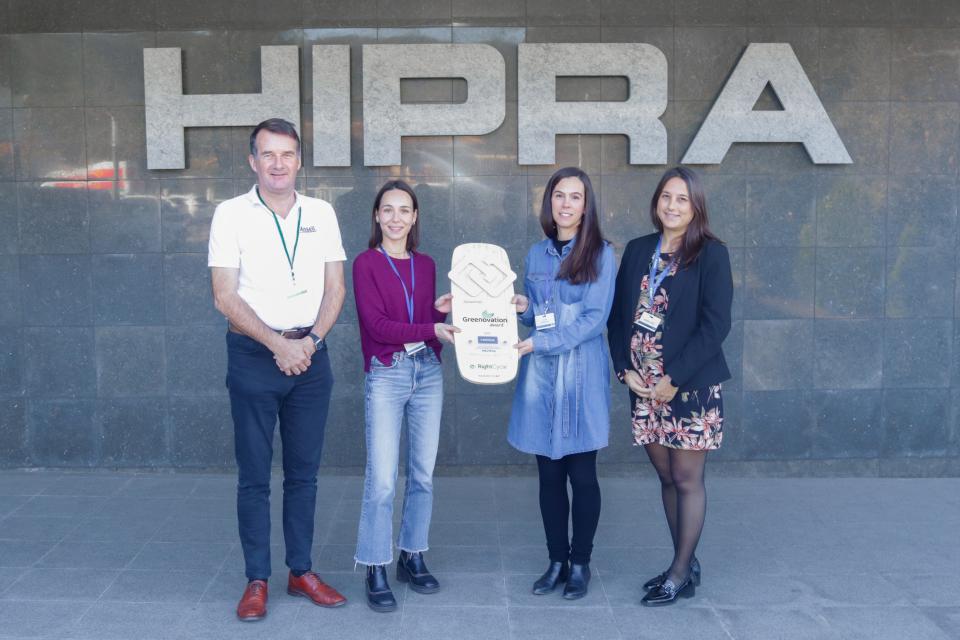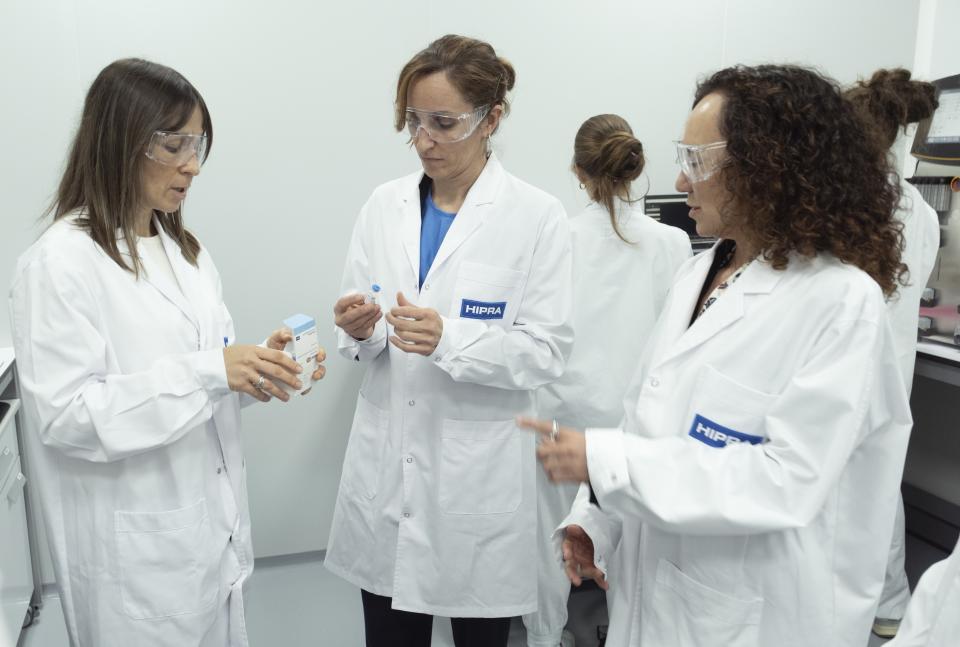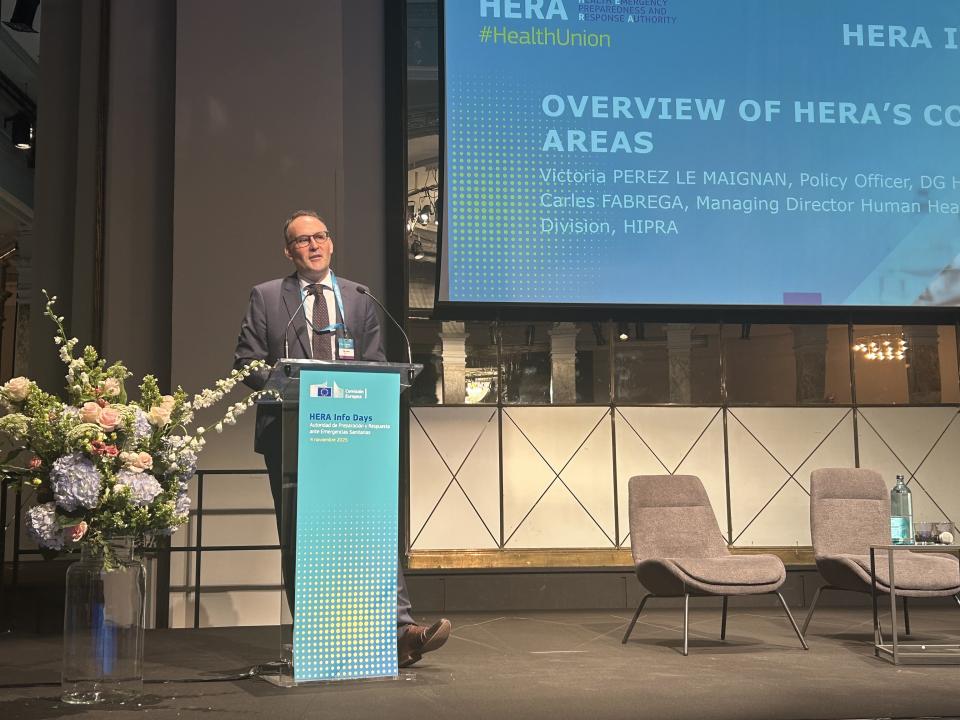HIPRA, a European biotechnology company specialised bringing innovation for health prevention, is participating in a pioneering European project that seeks to transform the way we protect ourselves against influenza. The initiative, coordinated by the Medical University of Vienna, aims to develop a next-generation intranasal vaccine capable of providing broader and longer-lasting protection, not only against seasonal influenza strains but also against strains with pandemic potential. The consortium has submitted its proposal to HaDEA (European Health and Digital Executive Agency) and is seeking to be selected under the European Commission’s EU4Health programme.
HIPRA brings its industrial leadership to the project, taking responsibility not only for large-scale production, regulatory processes, and future commercialisation of the vaccine, but also for key R&D tasks. Specifically, HIPRA will co-lead process development and analytical development, ensuring that the transition from research to production is robust, efficient, and scientifically sound.
Influenza remains one of the leading threats to public health worldwide. According to the World Health Organization (WHO), it causes between 290,000 and 650,000 deaths every year due to respiratory complications . In addition, influenza viruses are constantly changing, which requires vaccines to be updated annually and can reduce their effectiveness. These characteristics, combined with vaccination fatigue among the population, highlight the need for more effective, longer-lasting vaccines with less invasive administration routes.








